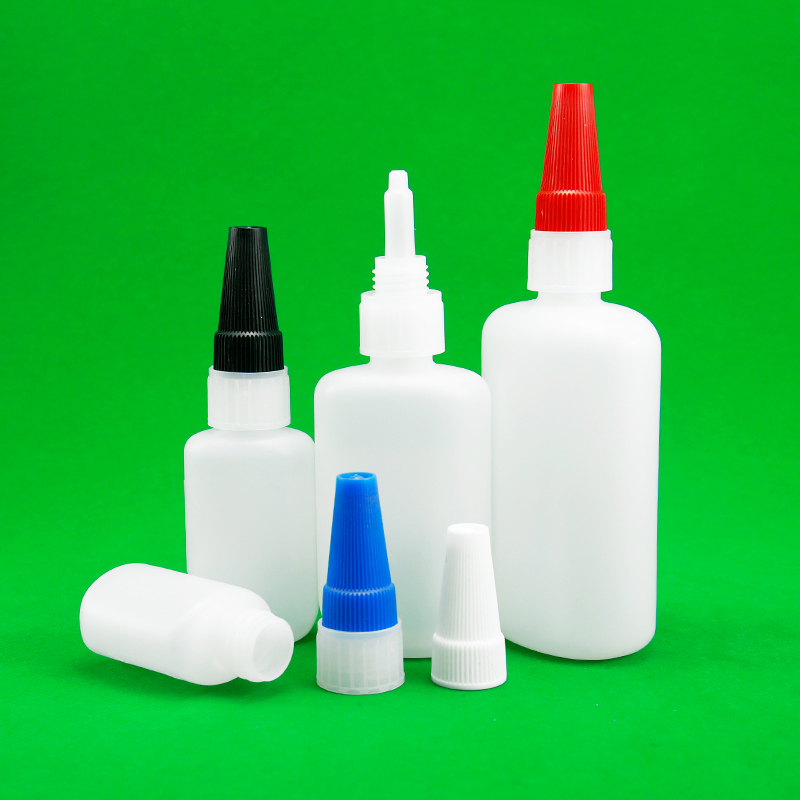The Essential Guide to Bin Liners A Must-Have for Every Household
In the hustle and bustle of modern life, maintaining cleanliness is not just a chore; it’s an essential part of our daily routines. Among the myriad of cleanliness tools available, bin liners stand out as a critical component of efficient waste management. Often overlooked, these simple yet effective products play a vital role in keeping our homes, offices, and public spaces tidy. In this article, we will explore the significance of bin liners, their various types, and the benefits they offer.
Understanding Bin Liners
Bin liners, also known as trash bags or garbage bags, are protective coverings for waste bins. They are designed to hold waste materials, preventing them from sticking to the interior of the bin and making disposal much easier. While they may appear to be a straightforward product, bin liners come in a variety of sizes, materials, and strengths, catering to different waste disposal needs.
Types of Bin Liners
1. Plastic Bin Liners The most common type, plastic bin liners are made from polyethylene and are available in different thicknesses. They are lightweight, strong, and water-resistant, making them ideal for general household waste. Plastic liners are often transparent or black, providing an option to conceal waste.
2. Biodegradable Liners With increasing environmental awareness, biodegradable bin liners have gained popularity. Made from materials that decompose naturally, these liners break down over time, reducing plastic waste in landfills. They offer a sustainable alternative to traditional plastic liners.
3. Compostable Liners Similar to biodegradable liners, compostable bin liners are designed to break down into organic material. These liners are perfect for kitchen scraps or yard waste and can help maintain a clean compost process.
4. Heavy-Duty Liners For tougher jobs, heavy-duty liners are a must. Made from thicker plastic, they are ideal for construction sites, workshops, or households generating a significant amount of waste, such as during renovations.
5. Specialty Liners Some bin liners are designed for specific purposes, such as pet waste bags or hospital-grade liners that prevent contamination. These specialty products cater to unique needs and offer tailored solutions for waste management.
bin liners

Benefits of Using Bin Liners
1. Hygiene Bin liners significantly improve cleanliness by preventing waste from adhering to the bin’s interior. This feature reduces odors and minimizes the risk of attracting pests, making for a healthier living environment.
2. Convenience Using a liner simplifies the process of waste disposal. When it’s time to empty the bin, simply pull out the liner and tie it off, reducing the mess and effort required to clean the bin itself.
3. Organization Bin liners help keep waste organized and separated. For example, using different colored liners can aid in sorting recyclable materials from general waste, promoting better recycling practices.
4. Durability With various thicknesses available, users can select liners that meet their specific needs. Heavy-duty liners can hold bulky items without tearing, while standard liners suffice for everyday household waste.
5. Environmental Impact Choosing biodegradable or compostable liners can help reduce plastic pollution. Many municipalities are now encouraging or mandating the use of such products, contributing to a more sustainable waste management approach.
The Right Bin Liner for Every Situation
Selecting the right bin liner involves considering factors such as size, waste type, and environmental impact. It's essential to measure your waste bin to ensure a proper fit, as ill-fitting liners may slip or tear during use. Additionally, factoring in the type of waste being disposed of will inform your choice between regular plastic liners and those that are biodegradable or compostable.
Conclusion
Bin liners are an indispensable tool for anyone looking to maintain cleanliness and efficiency in waste management. Their variety of types ensures that there is an appropriate option for every situation, from everyday household use to specialized applications. By making an informed choice about the kind of bin liner to use, individuals can significantly contribute to a cleaner and more organized environment while also considering the ecological footprint of their waste disposal practices. In today's world, where cleanliness and sustainability go hand in hand, turning to quality bin liners is a small yet impactful step toward achieving both.



